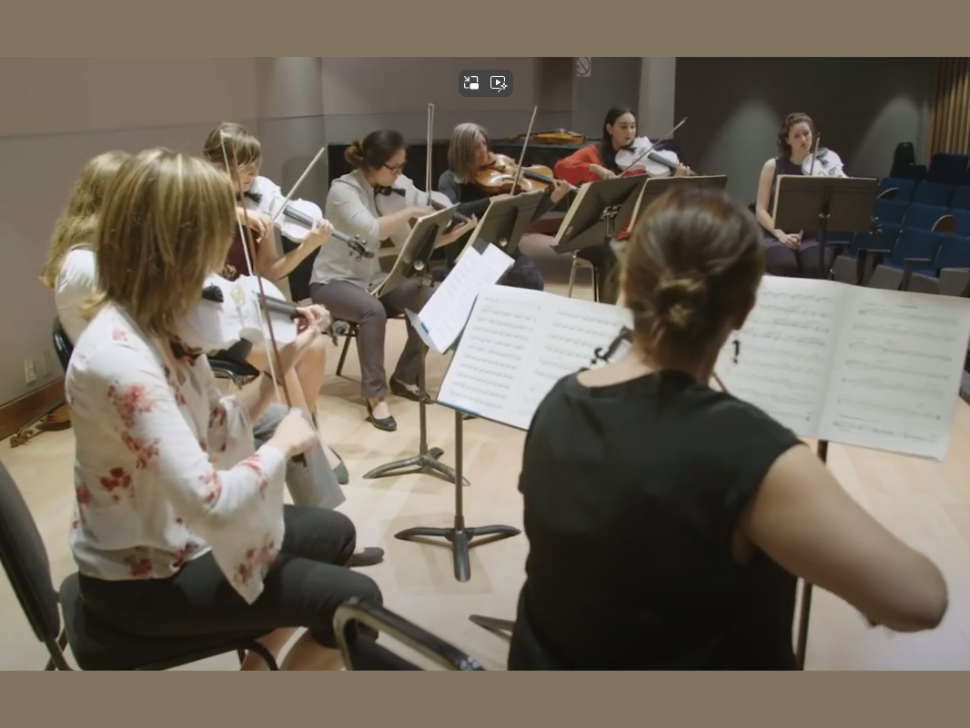Canadian innovation in 3D-printed instruments could help make music more accessible
When the Ottawa Symphony Orchestra premiered its 3D StringTheory project in 2018, it was a world first. Designed and built in Canada with the help of Winnipeg’s Industrial Technology Centre, the project set out to answer a bold question: what new instruments and sounds can we create using today’s newest technologies?
The answer came in the form of fully functional 3D-printed string instruments—violins, violas, cellos, and basses—crafted with the expertise of Ottawa violin maker Charline Dequincey and Design Partner Laurent Lacombe. To showcase these futuristic creations, the orchestra turned to Canadian composer Harry Stafylakis, who wrote an original piece of music inspired by their new sounds. Stafylakis, now the Composer-in-Residence with the Winnipeg Symphony Orchestra and co-curator of the Winnipeg New Music Festival, has continued to push boundaries with his forward-looking work.
Innovation born in Canada
While 3D printing may seem like a high-tech novelty, the 3D StringTheory project planted the idea that technology could break down barriers to music-making. Its Canadian origins laid the groundwork for broader adoption. In fact, the initiative has already inspired others around the world, including a Pennsylvania school district that now produces its own low-cost, brightly coloured 3D violins for students.
The potential benefits of such an innovation are especially clear in Canada, where programs like Sistema Winnipeg are working to bring music into the lives of children in underserved communities.
A lifeline for young musicians
Founded in 2011, Sistema Winnipeg provides free daily music education to up to 150 students from grades 1 through 12 in at-risk communities across the city. In partnership with the Winnipeg Symphony Orchestra, the Seven Oaks and Winnipeg School Divisions, the program supplies instruments, lessons, snacks, and a safe, welcoming space—all at no cost to families.
The results have been transformative. Research shows participating students gain confidence, focus, communication skills, and a greater sense of belonging. Parents overwhelmingly report that their children are more optimistic about their futures.
But one of the greatest challenges for music programs everywhere remains the cost of instruments. A quality violin or cello can be prohibitively expensive for families, with annual rental fees often running into hundreds of dollars. For students in Sistema Winnipeg or similar initiatives, 3D-printed string instruments could be a game-changer—affordable, customizable, and durable enough to give children a strong start before transitioning to traditional wooden instruments.
A new way forward
Just as the discovery of new materials in centuries past reshaped the possibilities of music, 3D printing opens the door to another leap forward. By lowering barriers to access, it has the potential not only to spark creativity among professional composers like Stafylakis but also to make the joy of music-making more attainable for young people who might otherwise never have the chance to pick up an instrument.
And fittingly, it all began with a Canadian idea.
